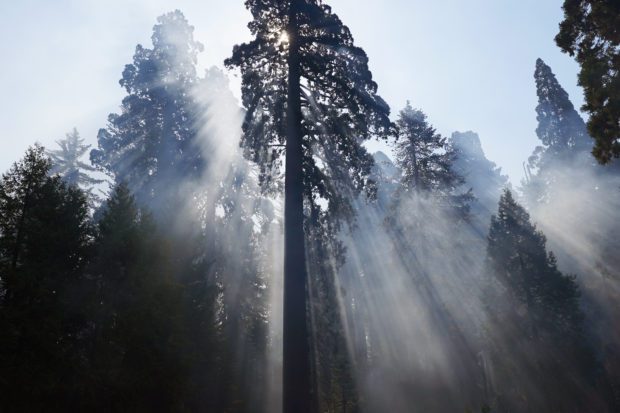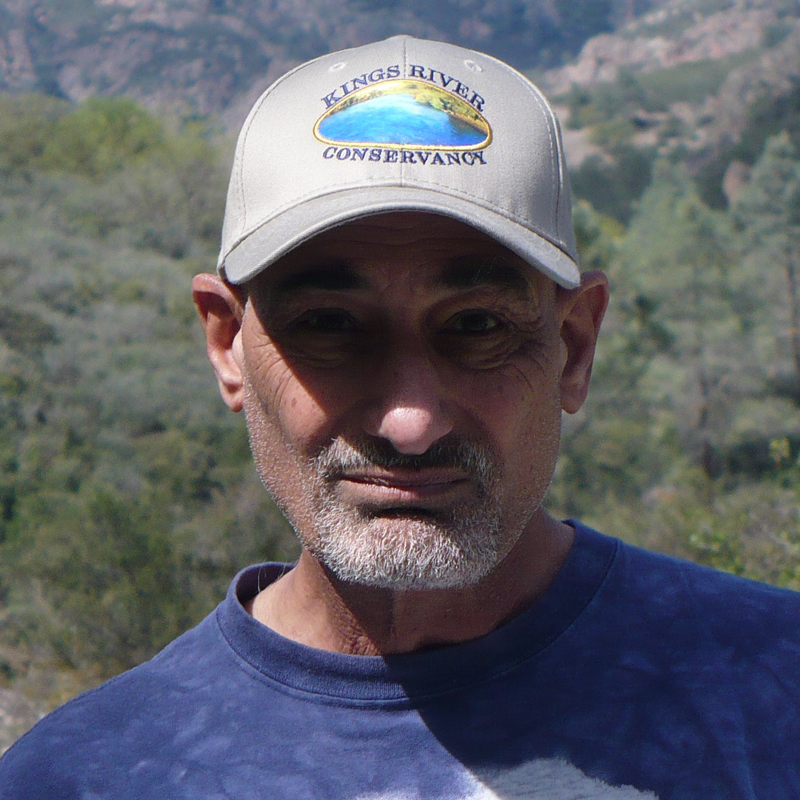
Climate activist and author Bill McKibben, in the San Joaquin Valley recently, warned that rising global heat is at the core of California’s increasing droughts, mammoth wildfires and water shortages. And he said the state should expect that trend to intensify.
McKibben is the founder of the breakthrough group 350.org and a Schumann Distinguished Scholar at Middlebury College in Vermont. He spoke at the 30th anniversary of the Fresno Center for Nonviolence.
I interviewed McKibben in 2013, the last time he was in town. We talked about the ways global warming was affecting central California. That was just before several massive wildfires began sweeping through the Sierra Nevada, nearly every year since.
In 2013, there were about 9,000 fires in the state burning 600,000 acres; nearly half of that was the Rim Fire. Fast forward to now. In 2021, there were also about 9,000 fires. But this time they scorched four times more land—more than 2.5 million acres, including some 15% of the world’s iconic giant sequoias.
“There’s nothing mysterious about fire,” McKibben said. “Warm air holds more water vapor than cold. When it gets warmer, we get more evaporation. Things dry out, and it gets hot.
“Then fire is as inevitable as anything on earth, and that’s what’s happened in California year after year. It gets so dry. Now the relative moisture levels are so low because we have these extended heat waves that just bake the moisture out of the soil.”
Along with fire, water or the lack thereof poses the major challenge to the state’s future. With agriculture being the heavyweight of the San Joaquin Valley economy, overstretched water supplies on the surface and underground pose an existential threat. And not just the Valley according to McKibben.
“California has suffered savagely already. But that doesn’t mean that, sadly, it can’t get much worse.
“There’s still some snowpack in the Sierra Nevada most years, but the computer modeling makes it clear that if we keep on anything like this pace, there will be no snowpack there. And if that happens, nobody’s got a really good idea about how you make California, as we know it today, continue to operate.”
The world of work, outdoor manual labor, is another enormous global warming challenge for the Valley. It’s already dealing a blow to farms and the roughly one million farmworkers in the state, many of them toiling in the Valley. Last summer, the combined impact of the pandemic and an extreme heat wave shut down many farms.
McKibben says it’s even worse for subsistence farmers around the world, “You cannot go out and perform manual labor in 110-degree heat. It’s just not physiologically possible.
“That’s why the world labor organization says we can expect the average human being to be able to do about 30% less work by mid-century. It’s already more than 10% reduced. That’s a pretty big change.”
McKibben cautions that time is running short to bend down the ever upward curve of carbon in the atmosphere, now at 420 parts per million. That’s the highest concentration in more than four million years. And when the average temperature increases by one degree Celsius, the capacity of air to hold water rises by 4%, further drying the earth.
“If we cannot control the rise in temperature, then nothing else we’re going to do is going to help much,” says McKibben. “It’s extraordinarily hot here today. And I know you guys are used to heat.
“But the heat that we’re producing now around the planet is not something that we’re going to adapt to. That’s it. If we let it keep going like this, it’s going to break us. So, our job is to try and head off as much of it as we can.”
To reduce carbon emissions, the state and the Valley face severe contradictions. The Valley already has an intractable air pollution problem.
Kern County is a major oil-producing region. And the state’s main transportation arteries run through the region. They are constantly choked with some 30 million vehicles and diesel-spewing trucks.
McKibben places the blame for social inaction squarely on the fossil fuel industry and the millions of dollars it spends to influence lawmakers. That especially includes California, and it is bipartisan. Dozens of the state’s legislators receive oil company largesse, while balking on imposing stronger pollution control measures.

